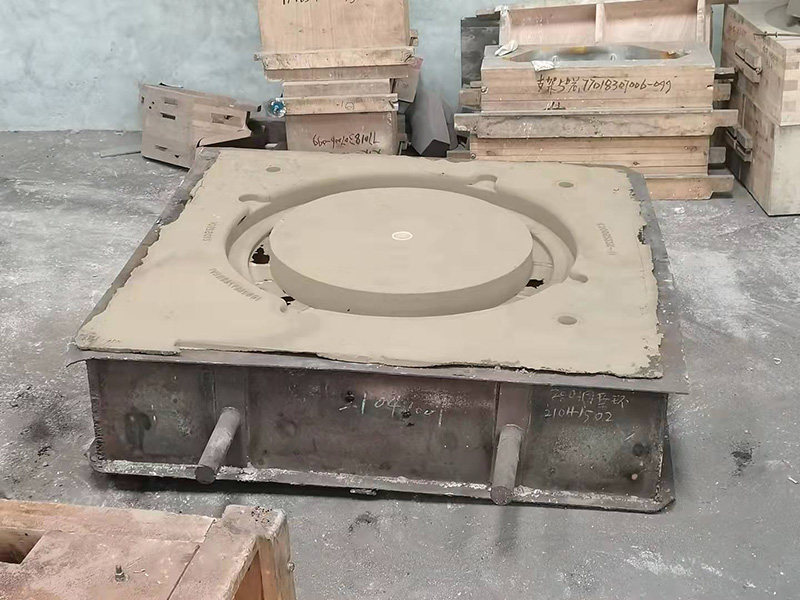Resin Coated Sand Specification Understanding the Essentials
Resin coated sand (RCS) is a crucial component in the foundry industry, primarily used in metal casting processes. The specification of resin coated sand plays a vital role in ensuring optimal performance and quality of castings. This article delves into the key aspects of resin coated sand specifications, highlighting its properties, applications, and importance in manufacturing.
At its core, resin coated sand consists of silica sand that is coated with a phenolic resin. This coating improves the sand’s thermal stability and provides better control over the mold properties. The specifications for resin coated sand typically include parameters such as sand grain size, resin content, and the type of binder used. These specifications are critical as they influence the flowability, strength, and overall integrity of the molds produced.
One of the primary factors in RCS specifications is the grain size distribution. The sand grain must be uniform and fall within specific particle size ranges to ensure consistent mold quality. Commonly used grain sizes range from 50 to 180 mesh, depending on the type of casting being produced. Proper grain size guarantees optimal packing of the sand, which is essential for achieving a high-resolution mold.
resin coated sand specification

Another essential specification is the resin content, which typically ranges from 3% to 5% by weight. The amount of resin affects the hardness and flexibility of the sand mixture. A higher resin content usually yields stronger molds but may also increase brittleness. Therefore, finding the right balance is key to producing durable molds that can withstand the pressures of metal pouring.
Moreover, the type of resin employed can significantly impact the performance of the coated sand. The most commonly used resins include phenolic and furan-based systems, each possessing unique properties that cater to specific casting requirements. Phenolic resins, for instance, offer excellent thermal resistance and chemical stability, making them suitable for high-temperature applications. In contrast, furan resins provide superior flow characteristics, making them ideal for intricate designs.
Lastly, the specification of resin coated sand also includes compatibility with various metal alloys and finishes, ensuring that the final product meets required standards. This compatibility is vital for minimizing defects such as sand inclusion or poor surface finishes, which can compromise the integrity of the casting.
In conclusion, resin coated sand specifications are fundamental to the foundry process. By adhering to these specifications, manufacturers can achieve high-quality castings with optimal performance characteristics. As the industry evolves, ongoing research and development in resin technologies will likely enhance these specifications, paving the way for even better casting outcomes.
Post time:okt . 12, 2024 02:43
Next:sand castings manufacturer
